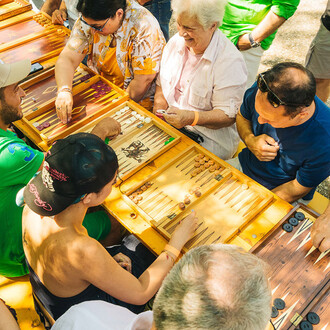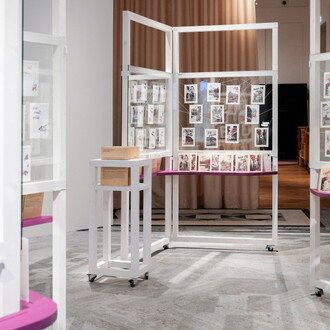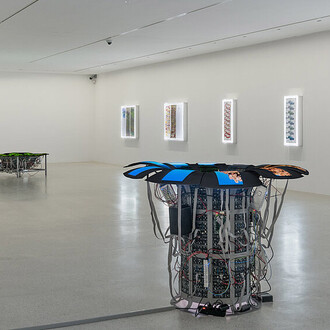Kunsthistorisches Museum presents for the first time in Austria an exhibition dedicated to the great American artist, Mark Rothko. Together with his contemporaries, Jackson Pollock, Barnett Newman, and Willem de Kooning, Rothko was one of the Abstract Expressionists, whose works made New York a centre of modern art. Rothko undertook three extensive trips to Europe, visiting as many churches, architectural monuments, and museums as he could. Art and architecture of the recent and more distant past are a vigorous presence in his work. Our exhibition presents an overview of Rothko’s artistic career from the early figurative works of the 1930s to those of the 1940s, and the classical abstract paintings of the 1950s and 1960s that made him famous.
Mark Rothko was born on 25 September 1903 as Marcus Rotkovich in the Russian town of Dvinsk (today Daugavpils in Latvia). In 1913 his family left for Portland, Oregon. He broke off his studies in Yale and moved to New York in 1925.
A friend invited Rothko to drawing classes and soon after he joined the Art Students League. In 1929 he began to give art instruction for children at the art academy of the Brooklyn Jewish Center, a Jewish educational and cultural institution. In 1932 he married Edith Sachar, and in the winter of 1933 opened his first one-man show at the Contemporary Arts Gallery in New York. Shortly thereafter, together with a number of friends he established the group of artists known as “The Ten”, which existed until 1939. In 1936 Rothko was accepted by the Works Progress Administration (WPA), a government program intended to create jobs during the Great Depression.
From about 1936 he worked on a manuscript, The Artist's Reality, which contains philosophical observations on art; the work was published posthumously.
In 1945 he married his second wife, Mell Beistle, and established a group of Abstract Expressionists together with artists such as Jackson Pollock, Barnett Newman, Willem de Kooning, and Clyfford Still. The group’s new and radical works made New York the epicentre of contemporary art.
Rothko’s decisive breakthrough came in 1949. He painted his first classic compositions for which he was to become world-famous. In 1950 he set off on the first of four trips to Europe; the same year saw the birth of his daughter, Kate.
In 1954 his first major solo exhibition opened at the Art Institute of Chicago. In the years 1958 and 1959 he worked on three important commissions: a series of large-format canvases for the Seagram Building in New York, several murals for Harvard University, as well as a cycle of monumental paintings for a chapel in Houston, Texas, which is known today as the Rothko Chapel. In 1963 Rothko’s son Christopher was born. Following several severe illnesses Rothko took his own life in February 1970.
















